Speaking in the parliament, BoJ Governor Haruhiko Kuroda said there is no plan to change the band for 10-year JGB yield to fluctuate in. He added, “our basic approach is to buy a sufficient amount of bonds to allow 10-year JGB to move 25 basis points up and down each around our 0% target.”
“How much JGB BoJ will buy to defend its yield target depends on market conditions at the time,” he said. “BoJ’s fixed-rate bond-buying offer was made in light of such unusual market situation. If market conditions become unusual again, BoJ will of course use tools such as fixed-rate market operation.”



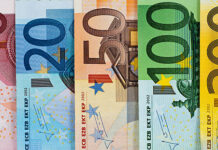
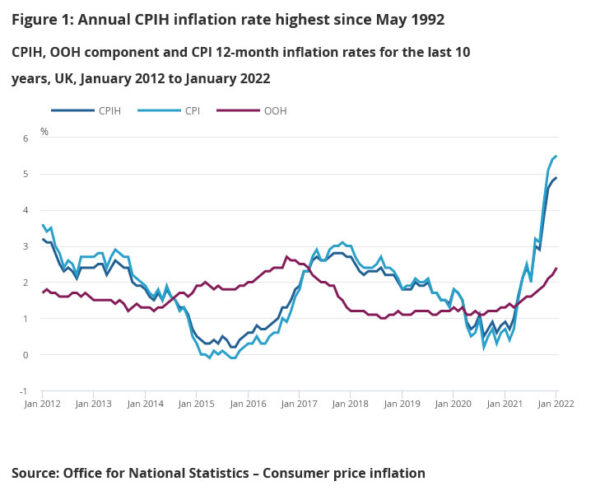
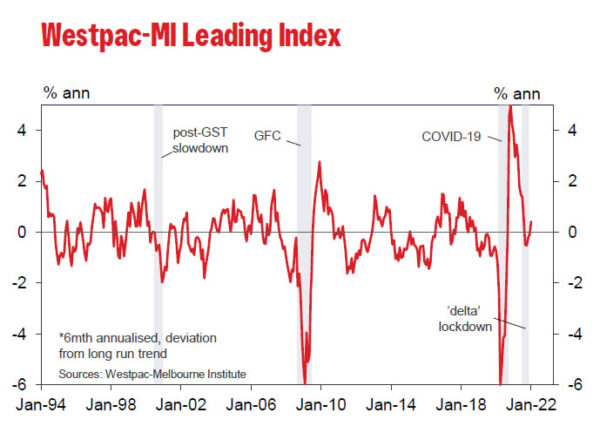
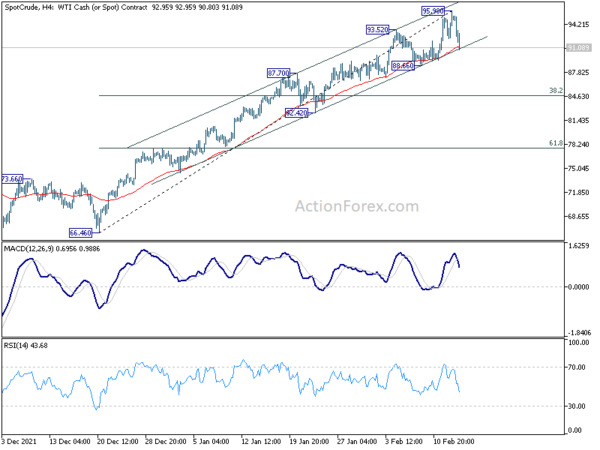
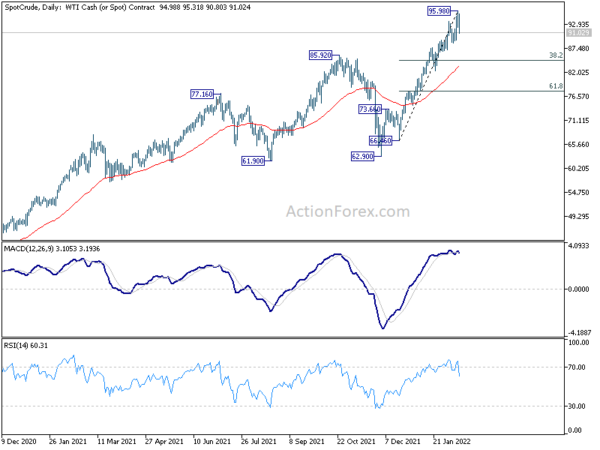
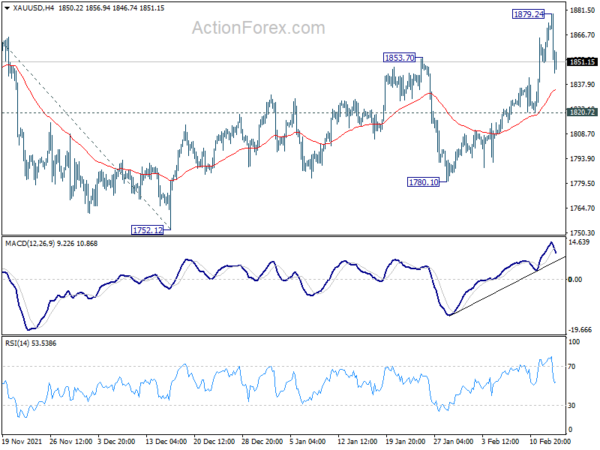
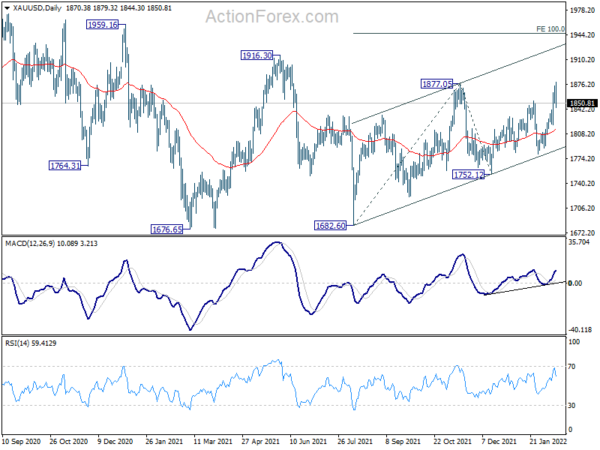
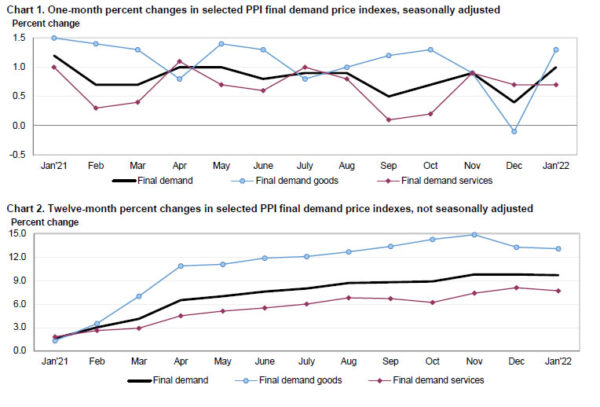
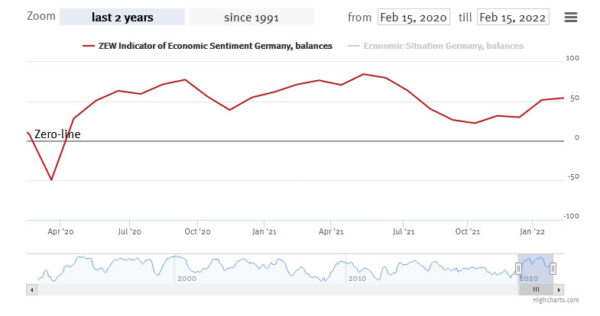
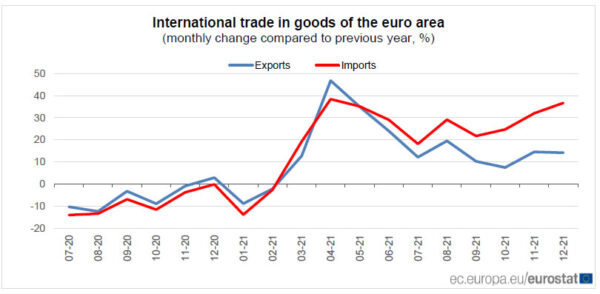
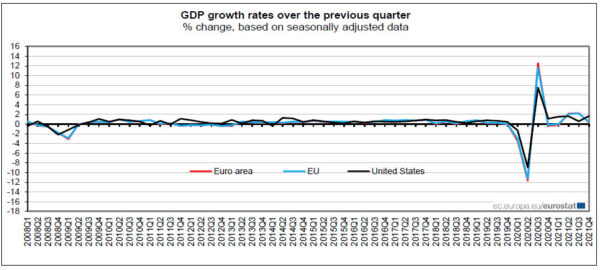
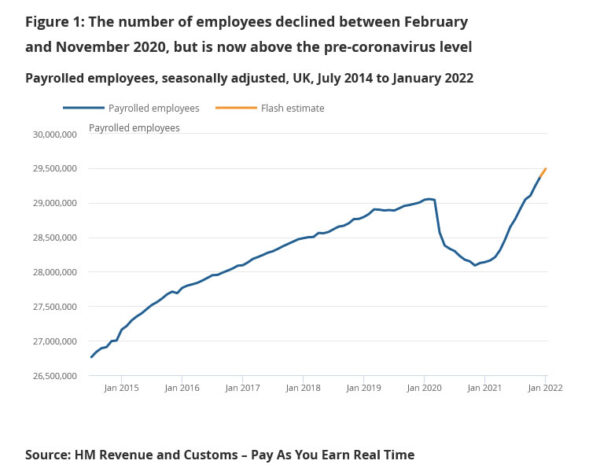
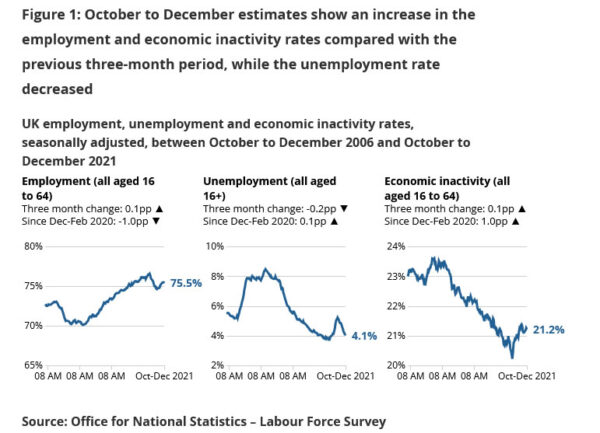
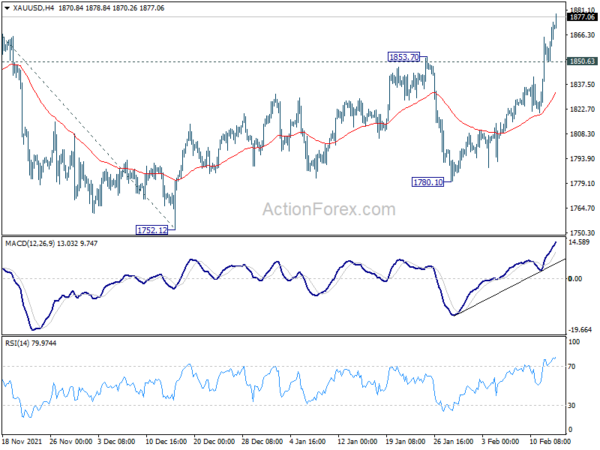
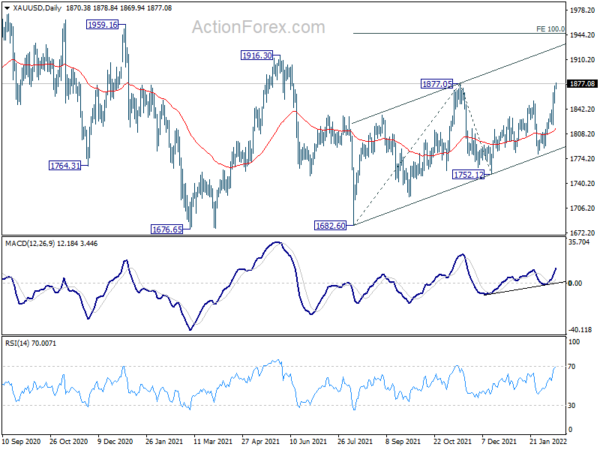
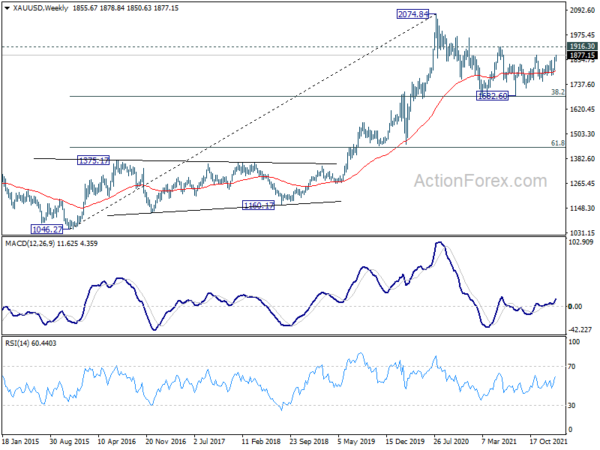
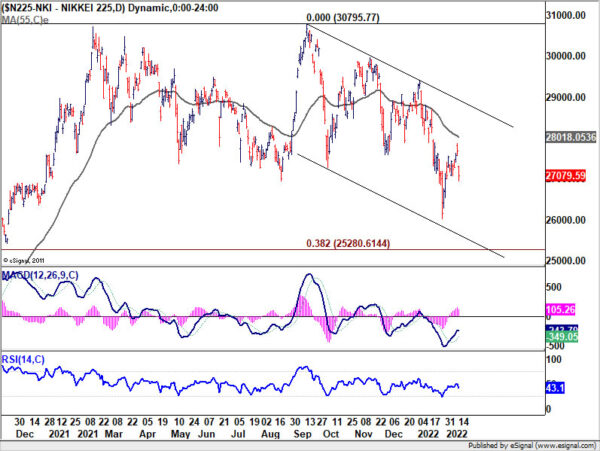
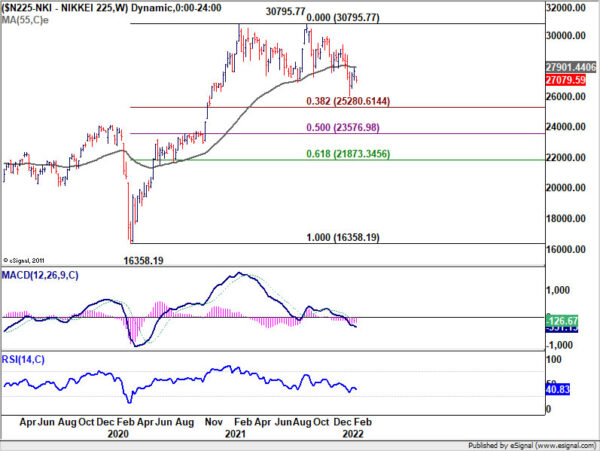
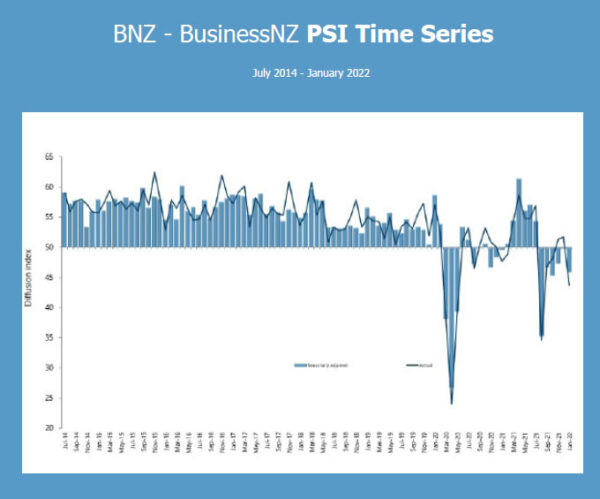

Eurozone industrial production rose 1.2% mom in Dec, EU up 0.7% mom
Eurozone industrial production rose 1.2% mom in December, well above expectation of 0.3% mom. Production of capital goods rose by 2.6%, intermediate goods by 0.5% and non-durable consumer goods by 0.4%, while production of durable consumer goods fell by -0.3% and energy by -0.8%.
EU industrial production rose 0.7% mom. Among Member States for which data are available, the largest monthly increases were registered in Ireland (+10.3%), Lithuania (+6.2%) and Luxembourg (+5.1%). The highest decreases were observed in Czechia (-2.9%), Austria (-1.1%) and Italy (-1.0%).
Full release here.